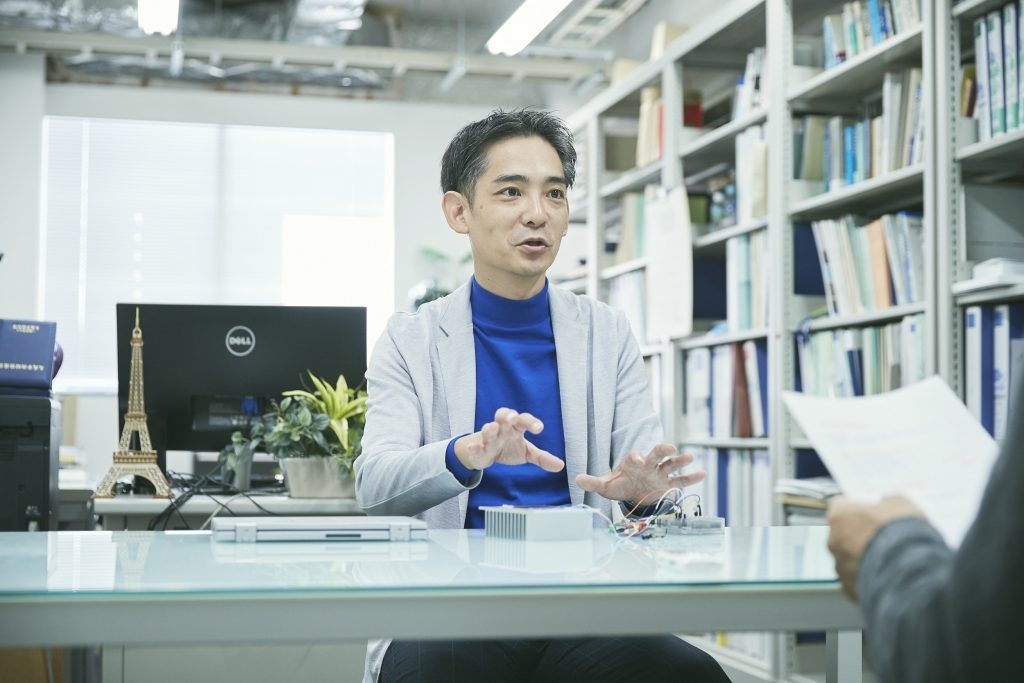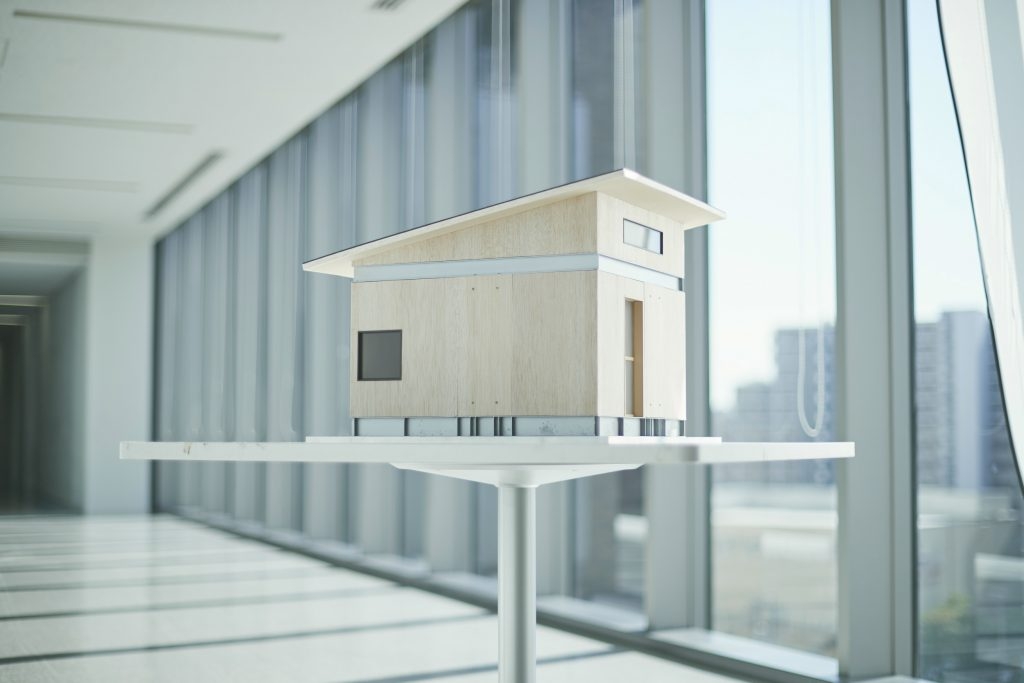Following a damaging earthquake, it takes a tremendous amount of time and effort to restore homes and cities to their original condition.
This is because ascertaining the extent of the earthquake damage requires examination of a huge number of buildings in the affected areas where the danger of aftershocks remain. Furthermore, it is common for electricity and communications within the investigation environment to have been interrupted by the earthquake, making it difficult to maintain regular monitoring systems operations.
In order to perform recovery and get life back to its pre-earthquake state as quickly as possible, there need to be mechanisms in place for rapidly ascertaining damage in the immediate aftermath of an earthquake. Professor Takumi Ito in the Faculty of Engineering’s Department of Architecture is working on addressing this with his research into “smart home systems” that utilize IoT (Internet of Things).
IoT refers to the use of the Internet to connect a multitude of different objects together. It is already a familiar concept in the world of home appliances, as exemplified by such applications as smart phone-enabled remote control of your home air conditioner.
Smart home systems are systems which incorporate IoT technology with AI (artificial intelligence) and other technology for use in building-based applications that would facilitate such things as damage self-assessment by the buildings themselves, the result of which would be communicated to residents’ smart phones.
As these systems find increasingly practical application, it would likely enable greater automation and sophistication in post-earthquake building damage diagnoses, thereby speeding up the rate of recovery.
In addition, having sensors for detecting human movement inside of buildings would presumably be of great help in looking after elderly persons who live alone and children and in addressing the societal challenges associated with the death of those who live alone and with providing home care.

Smart home systems will require unique IoT technologies. For example, it will require technology which enables the building itself to turn on the power and operate sensors to determine the status of the people inside it, even when the power is knocked out following an earthquake. It will require technology for quickly obtaining information and displaying hazard maps for surrounding areas, even when the online environment is chaotic.
Realizing this sort of technology will require more than just architectural expertise and technology, it will also require expertise and technology from an assortment of other fields. Hence, Professor Ito has brought together researchers from such fields as physics, chemistry, electronics, circuitry, telecommunications and analysis to create an interdisciplinary research group which collaborates on basic research carried out in the lab along with practical research carried out in buildings.

The focus of the research may be buildings, but its purpose is not merely to improve buildings. Its purpose is to save the lives of the people who live in them. And this, in turn, leads to safer and more sustainable cities.
Given the ongoing increase in urban population which is being seen worldwide, research into how to build buildings which are more disaster-resistant is needed now more than ever.
■ Main research content